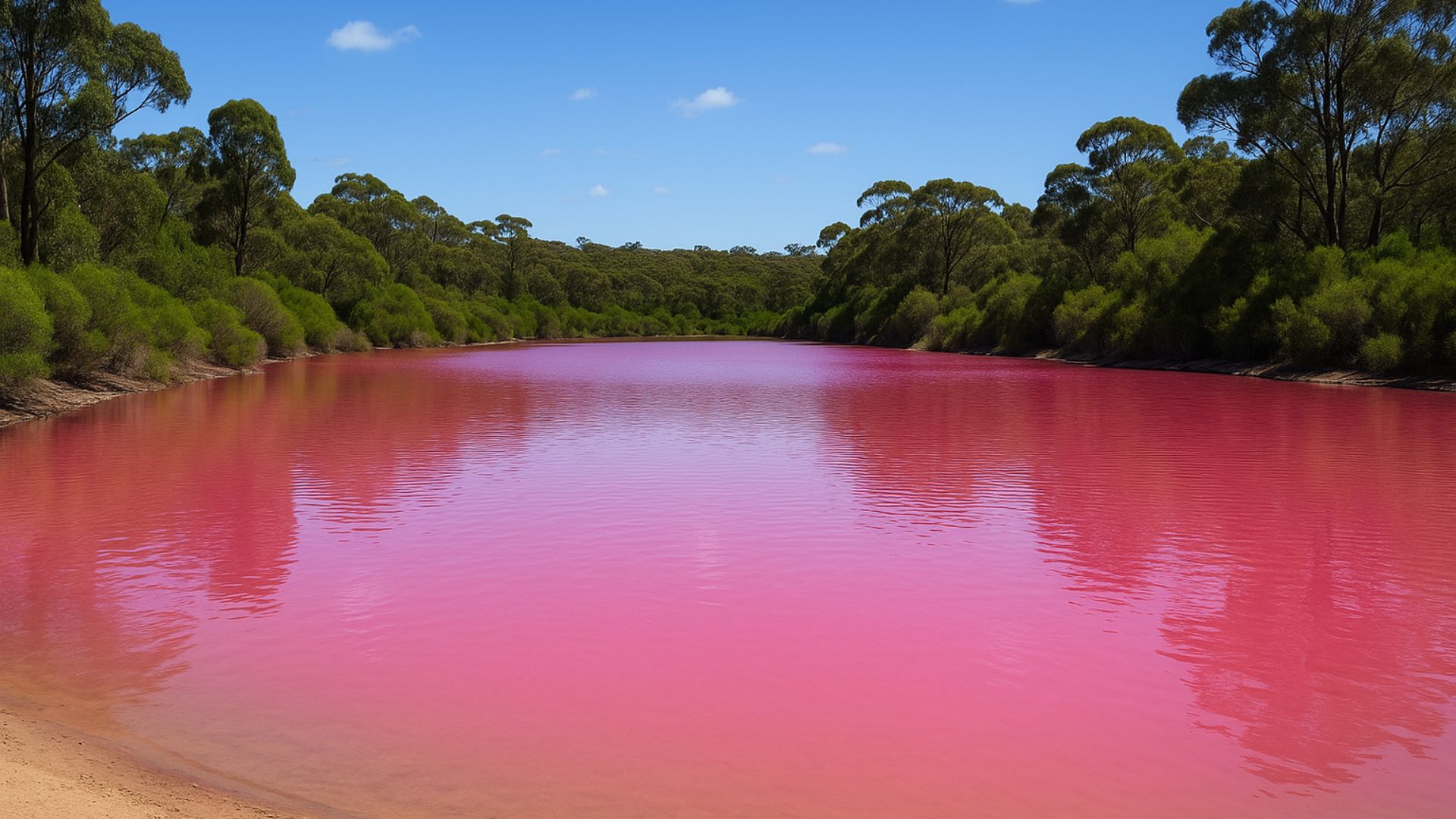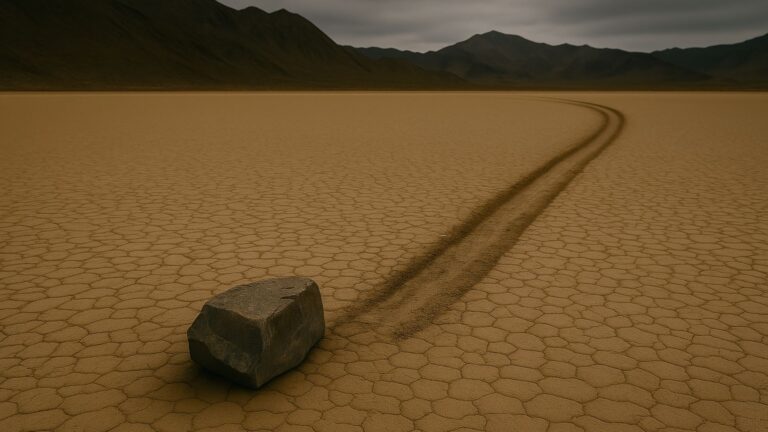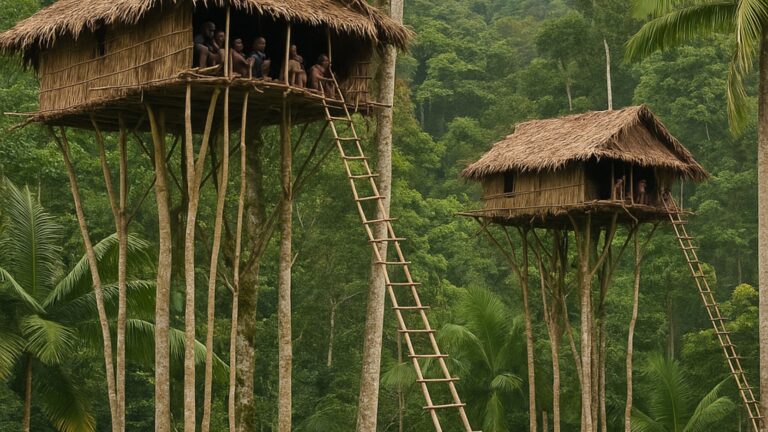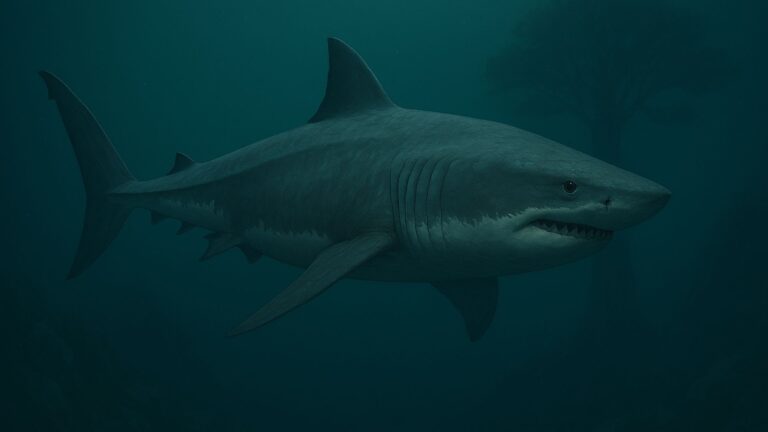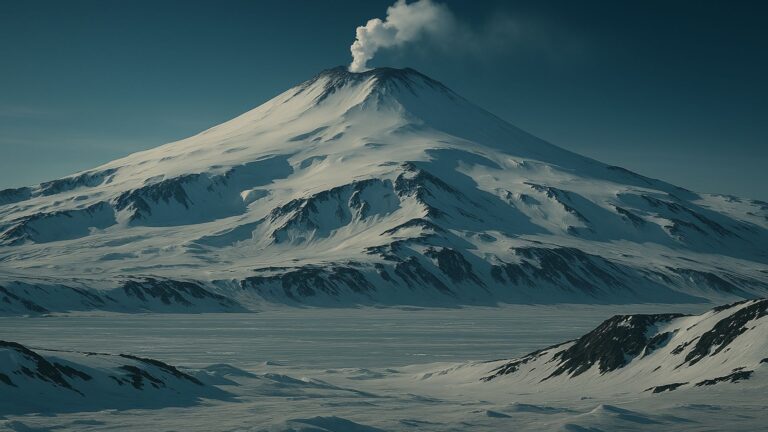🌸 A Lake That Changes Colors — Without Any Chemicals
A Lake That Changes Colors — On Middle Island, off the southern coast of Western Australia, lies a lake unlike anything you’ve ever seen: Lake Hillier — a lake that changes colors without any chemicals and stays vivid bubblegum pink year-round.
Surrounded by a rim of white salt and hugged by dense forest, this 600-meter-long lake looks like a scene from a fantasy movie. From the sky, it’s even more dramatic — a pink lake next to the deep blue Southern Ocean.
🧪 Why Is It Pink? – A Lake That Changes Colors
Unlike artificial dye-filled lakes or salt pans, Lake Hillier’s color is completely natural. And it doesn’t fade when you take the water home in a bottle!
Scientists believe the pink color comes from:
- Dunaliella salina – a microalgae that thrives in salty environments and produces beta-carotene, the same pigment that makes carrots orange.
- Halobacteria – salt-loving microorganisms that also emit reddish-pink hues.
- High salt content – increases reflection and enhances the vibrant color.
Even though it’s well-studied, the exact reason this lake that changes colors without any chemicals stays pink all the time is still debated.
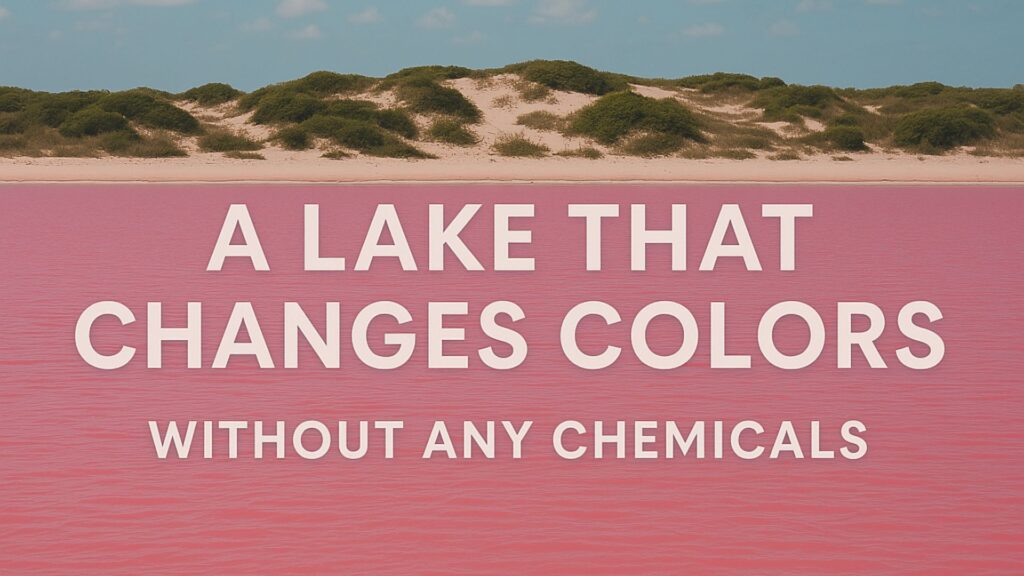
🧬 Why Is It So Unique?
Here’s what makes Lake Hillier different from other pink lakes:
- Most pink lakes only appear pink during certain seasons, depending on light and algae levels.
- Lake Hillier stays pink year-round — even when bottled!
- The color does not change with temperature or sunlight.
- It’s one of the only bodies of water where the color is permanently fixed due to the biological ecosystem.
That’s why it’s the most iconic lake that changes colors without any chemicals.
Must Read: The Door to Hell” — A Giant Fire Pit That’s Been Burning for Over 50 Years in Turkmenistan
❌ Is It Safe to Swim?
Yes — it’s perfectly safe to swim in!
Lake Hillier isn’t toxic. In fact, the salt levels are similar to the Dead Sea, making you super buoyant. But public swimming is limited because:
- The lake is located on a protected island.
- Most visitors see it via air tours from Esperance or cruise ships that circle the island.
📜 A Brief History
- Discovered in 1802 by British navigator Matthew Flinders.
- Used briefly in the 19th century for salt mining, but operations stopped due to environmental preservation.
- Now a protected nature reserve with restricted access to preserve its rare ecology.

